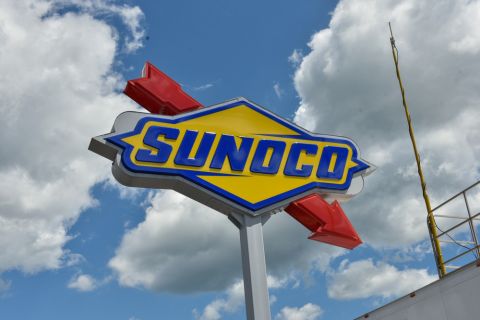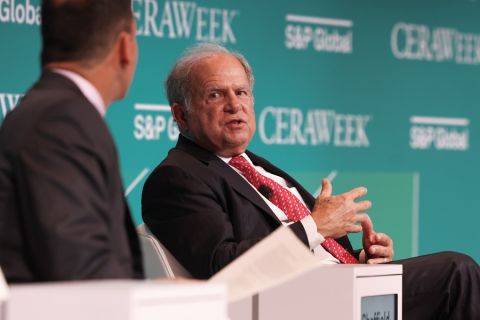While some find the idea of consumerism and a throwaway approach a wasteful and therefore distasteful one, others will equally argue that spending more money than is needed to do a job is equally as poor a philosophy. A disposable solution for well intervention applications is being developed, inspired by technologies taken originally from the military and aerospace industries. If it comes to fruition it will be a radical advance, but industry support so far shows the technology is more than just a throw-away idea.
Well-SENSE Technologies, a downhole-focused company started up in June 2015 based in Aberdeen, has developed its FibreLine Intervention (FLI) solution to the point where it has already picked up support from Scotland’s Oil & Gas Innovation Centre (OGIC), which both partly funds emerging technologies and also acts as a matchmaker to link innovative small and medium-sized enterprises with relevant academic expertise via the country’s 14 universities.
Temporary fiber optics
In a nutshell, FLI is a disposable method of intervention, which essentially means the temporary installation of fiber-optic lines into wells. These would perform distributed acoustic sensing, distributed temperature sensing or distributed pressure sensing duties.
By vastly increasing the number of fiber-optic lines installed into wells, the collection of data would dramatically increase and result in a greater understanding of downhole performance and integrity. This would logically lead to the more efficient and safe recovery of oil and gas while lowering cost and risk profiles.
According to Well-SENSE, FLI would allow current well interventions to be performed in a much more simplified way and permit tools to be deployed to depths and deviations previously unheard of.
Back to the ’80s
Disposable fiber optics is not a new idea, of course, with the idea dating back to the 1980s and the days of similar solutions being developed for missile guidance systems. Since then, the oil and gas industry also has increasingly embraced the use of today’s more durable downhole fiber-optic systems—thanks largely to glass chemistry advances in materials science—for real-time downhole temperature and pressure monitoring in harsh well environments both on and offshore.
But Dan Purkis, the company’s technology director and co-founder, sees significant further potential. “The scope for FLI applications is so vast that for FLI to make the biggest impact and rapidly progress, many companies will need to develop technology to complement it. Ultimately, FLI is a platform from which multiple new generations of increasingly sophisticated intervention tools can be launched, and the opportunities are endless,” Purkis said.
The rapid-shot concept has firm believers behind it, all of whom recognize that such advances can help the U.K. North Sea achieve its ongoing ambition to maximize economic recovery from the continental shelf.
Reviewed and approved by a specialist OGIC peer review panel, Well-SENSE is now working with Robert Gordon University to develop the technology further.
OGIC’s CEO Ian Phillips described the project as being a “prime example” of the industry’s emphasis over the past year or so on the need for collaboration, communication and innovation to secure the North Sea’s future.
Outside-industry concepts
Purkis, who holds more than 50 industry patents, spoke about FLI earlier this year when he was presented with the Significant Contribution Award at the 2016 SPE Aberdeen Offshore Achievement Awards.
He told award ceremony attendees, “As a massively simplified intervention method, which has applications in virtually any well, it offers many benefits to operators—including a huge reduction in costs. Collaboration is at the heart of this development, and we aim to continue our work with other technology partners, complementing our expertise with theirs as the fastest route to the development of a complementary suite of tools to work with FLI.”
Recommended Reading
NuStar Energy Unitholders Approve Merger with Sunoco
2024-05-02 - The transaction is expected to close on or about May 3, in which NuStar Energy LP will merge with and into a merger subsidiary of Sunoco LP.
FTC OKs Exxon-Pioneer Merger, but Bars Sheffield from Exxon’s Board
2024-05-02 - A megamerger between Exxon Mobil and Pioneer Natural Resources can proceed, but Pioneer Chairman Scott Sheffield is out, the Federal Trade Commission says.
Stice: Diamondback’s Small Company Culture Suits Big M&A Appetite
2024-05-01 - Diamondback Energy CEO Travis Stice tells analysts that the company’s nimble nature is among its top qualities, allowing for rapid growth and the successful integration of Endeavor Energy this year.
Marketed: Wylease Niobrara Shale Cloud Peak Opportunity
2024-04-30 - Wylease LLC has retained EnergyNet for the sale of working interest in the Niobrara Shale of Converse County, Wyoming in the Cloud Peak 3874-8-5-1NH.
Enbridge Closes First Utility Transaction with Dominion for $6.6B
2024-03-07 - Enbridge’s purchase of The East Ohio Gas Co. from Dominion is part of $14 billion in M&A the companies announced in September.




